Draw a Character Sitting
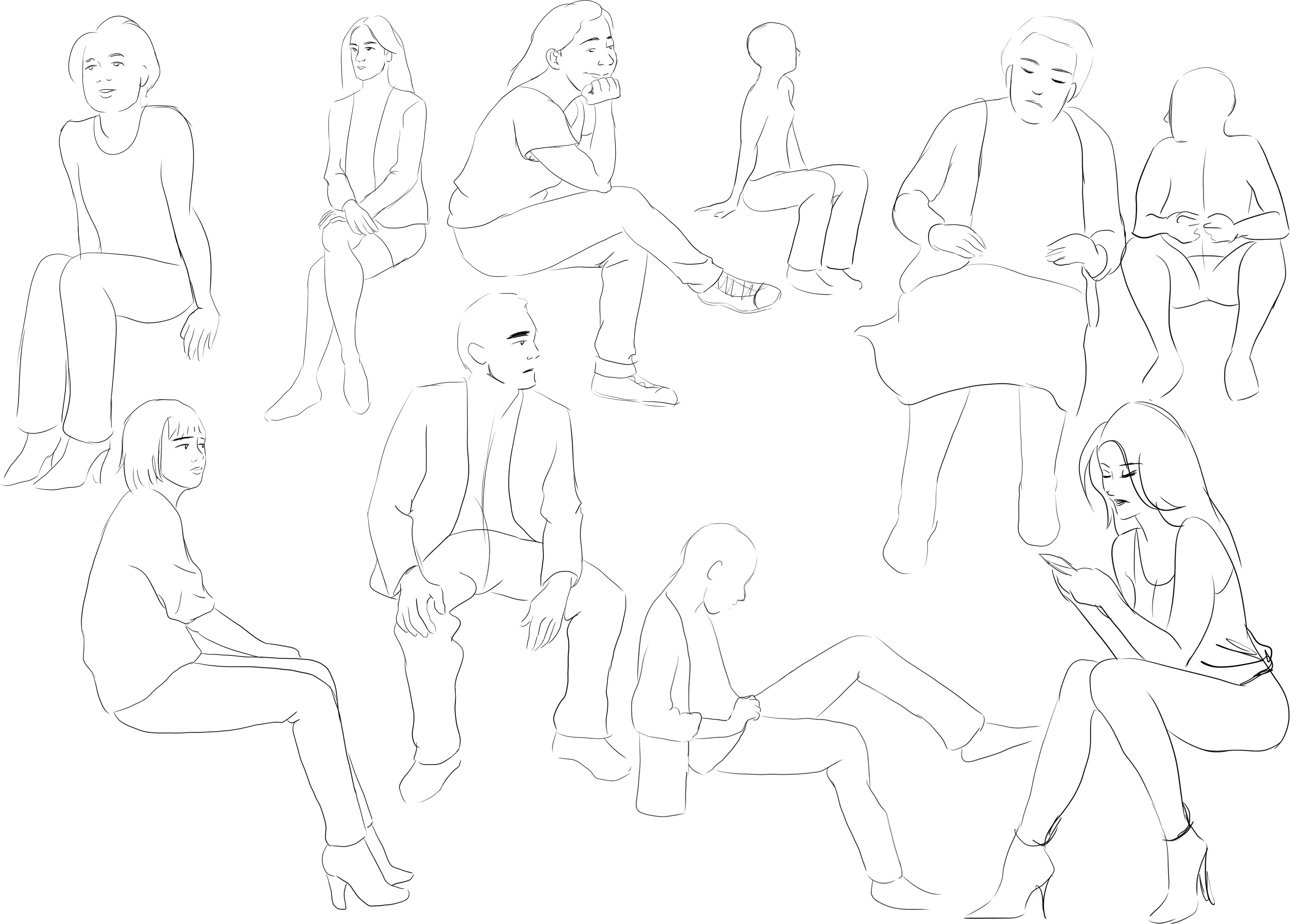
It's not always easy to depict your characters in common positions in a natural way. Often, it is challenging to anchor the character to the ground, make them look comfortable, etc. In this article, we will look at how to draw a seated character.
But before you start drawing a seated character, you need to have a basic understanding of the body and its limits. Indeed, the spine supports the entire upper body and although it is quite flexible in some people, it is still a collection of bones that has its limits.
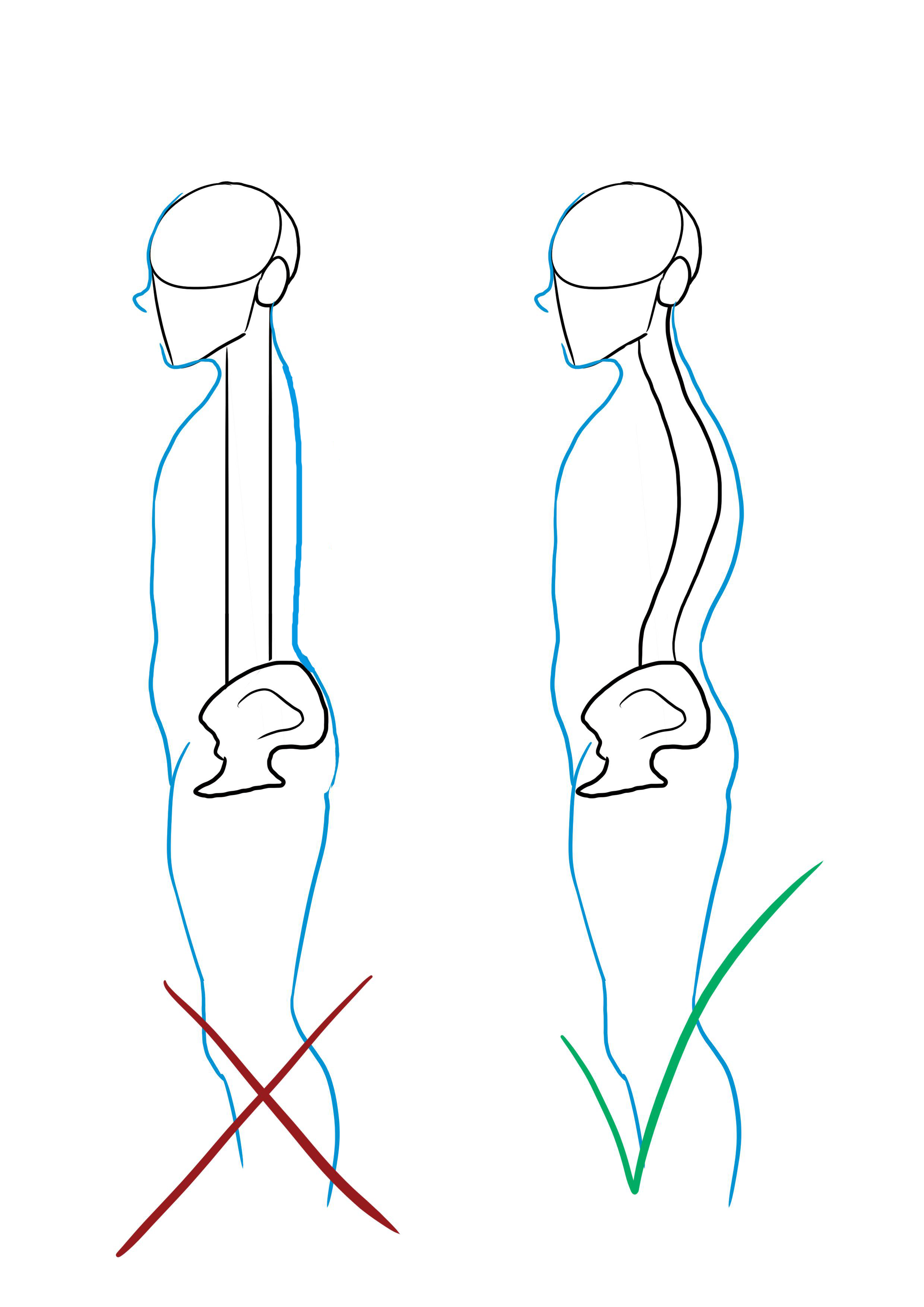
The spine is not a straight tower of bones, it is twisted in a way to support the weight of the torso.
So, a person cannot have a completely straight back.
When we say sit up straight, it simply means to have the shoulders aligned with the hips. But there will inevitably be a curve in the lower back.
On the other hand, the back can be hunched if a person is bending forward, because the spine stretches and the hollow of the back, although still present, is much less visible, especially from the outside.
DRAWING A CHARACTER SITTING IN DIFFERENT POSITIONS
Before drawing your character, you must define their personality and current mood. Everyone has a specific way of sitting, and body postures change depending on a person's character.
A confident person tends to stand straight with their head held high, while a shy, introverted person will have their head in their shoulders and a hunched back.
A normal person, without any strong assertion or inferiority complex, will sit with their upper back against the back of the seat, their pelvis slightly forward for a comfortable position and their head upright.
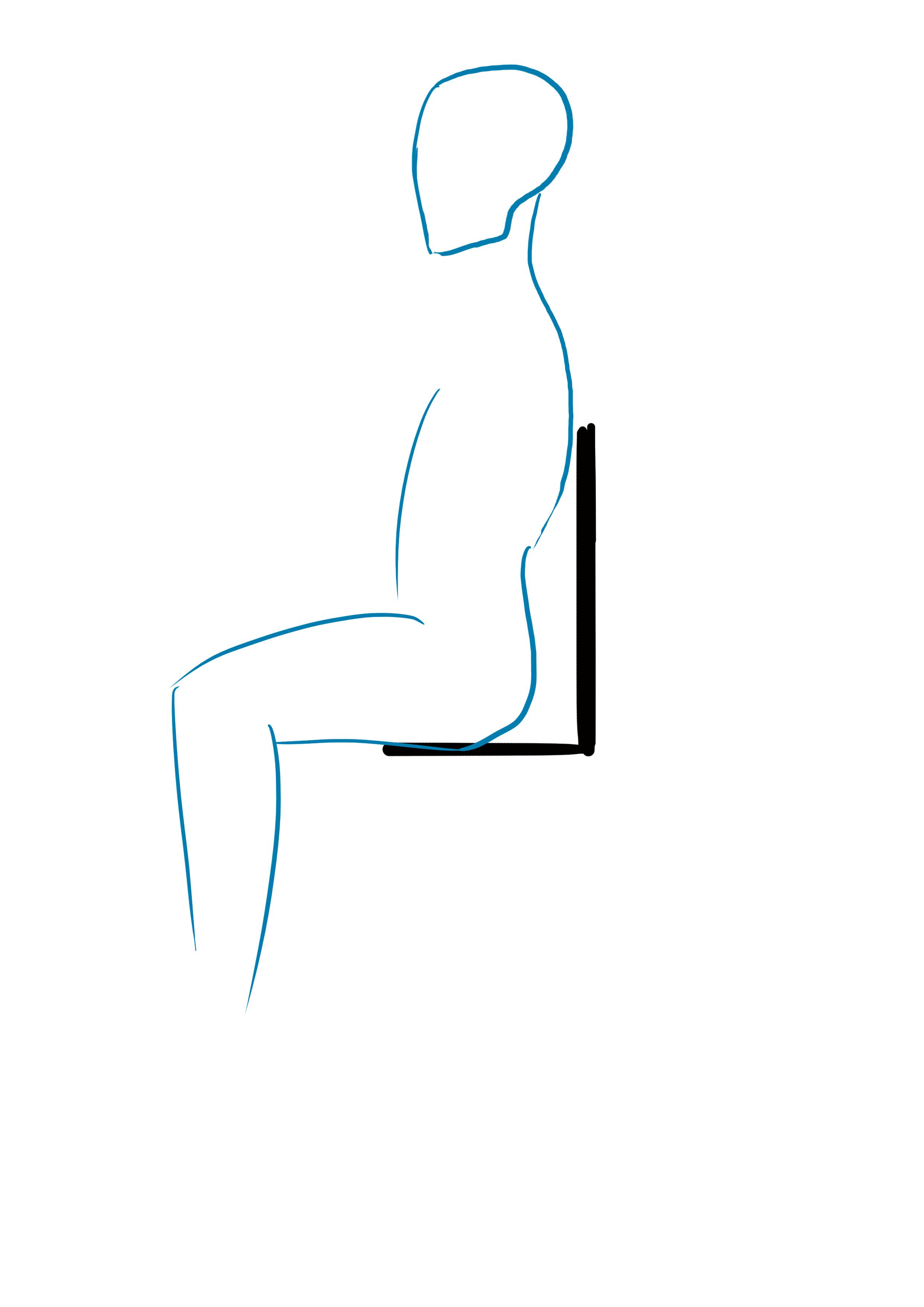
A nonchalant person, someone who has an "I don't care" attitude, or who at least wants to give that impression, will be more slouched in their seat. They will have a rounded back, their pelvis will be forward and their shoulders will be slightly back against the backrest.
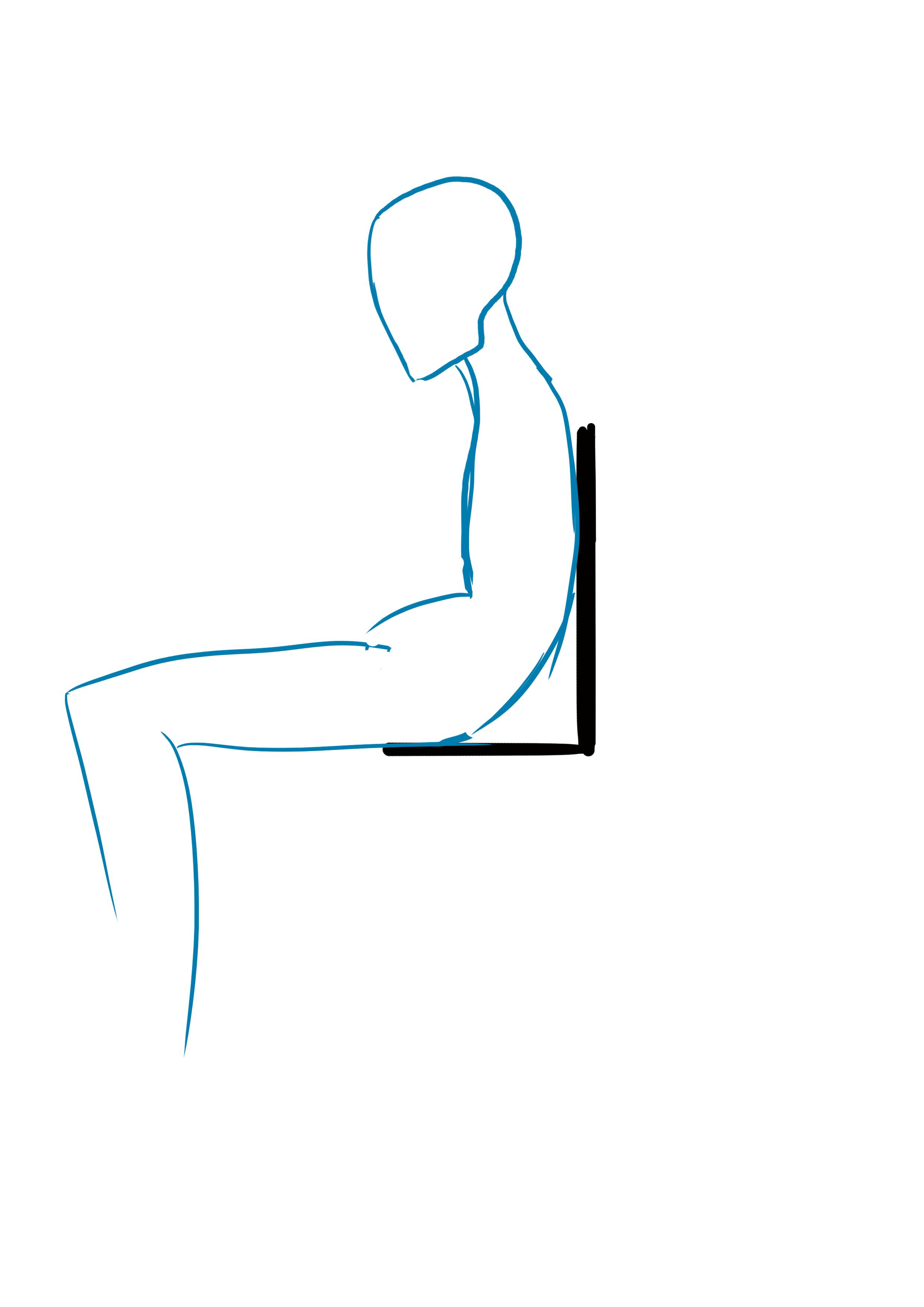
A somewhat more stressed, active person will tend to sit back diagonally. Their head and shoulders will lean against the backrest, their pelvis will be slightly forward and their head will be raised, as if they're on the lookout.
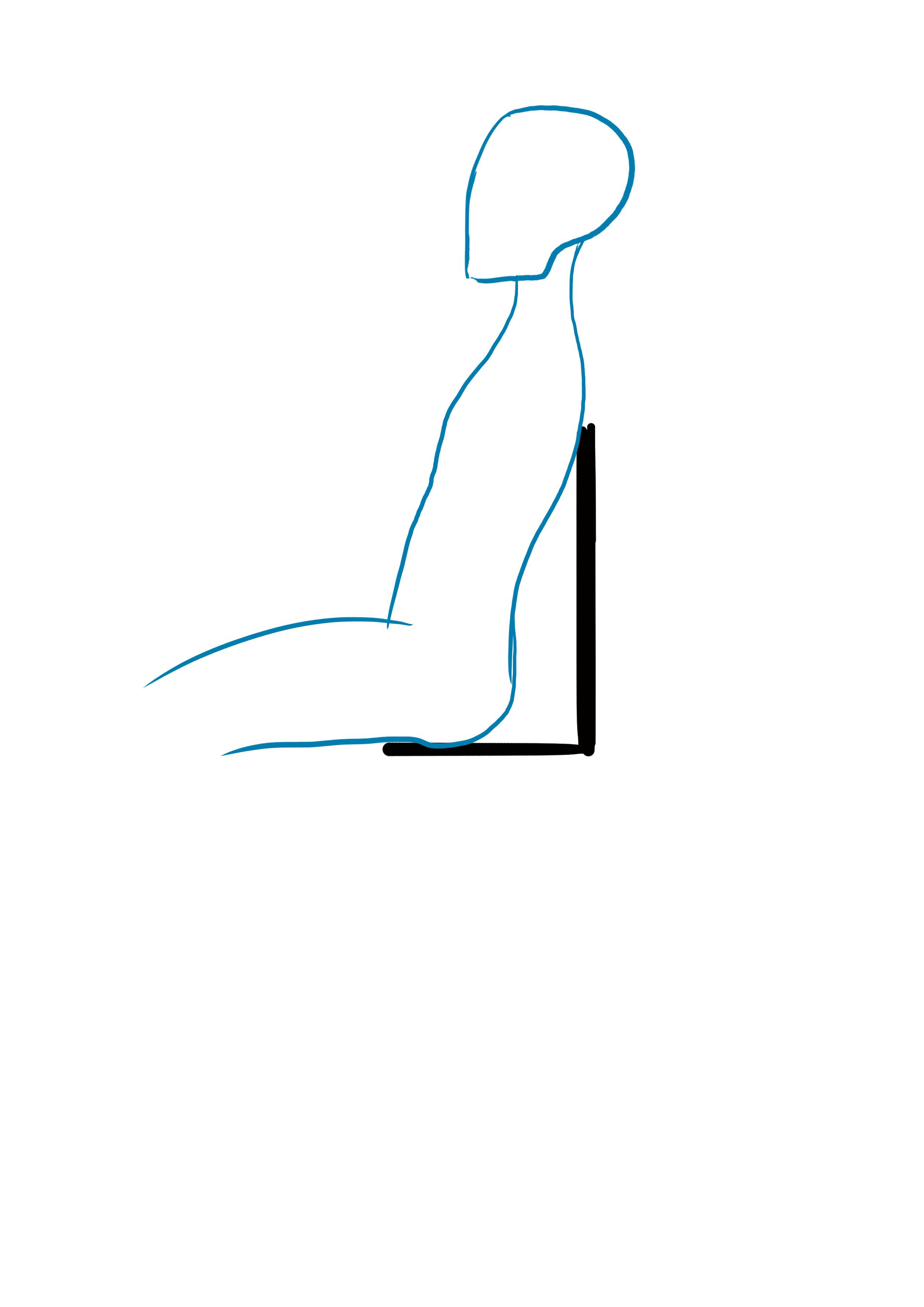
Someone introverted will do everything to hide as much as possible and unconsciously hunch their back and retract their head into their shoulders. They tend to sit towards the front of the seat to be ready to leave quickly.
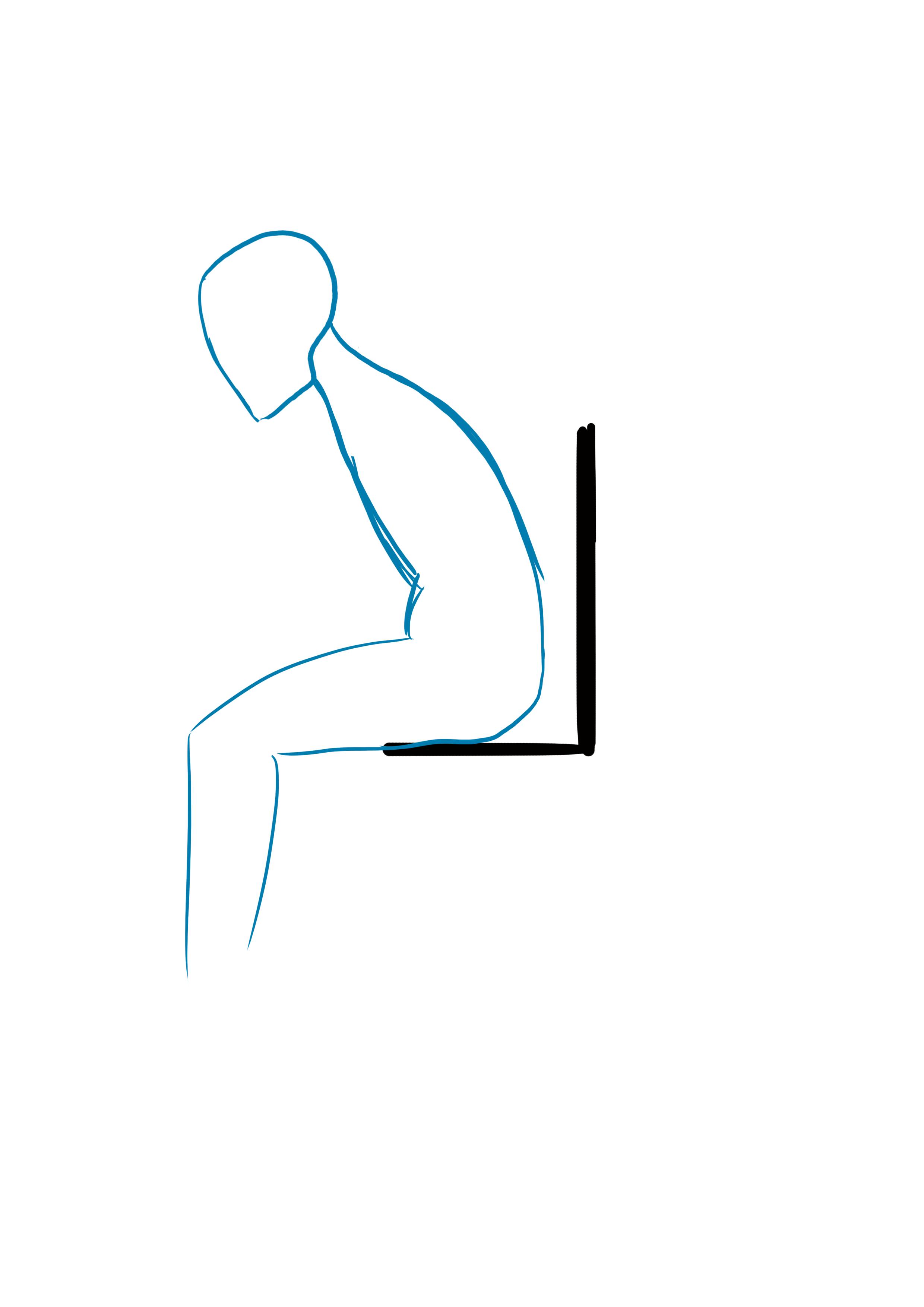
The most extreme case, which is rarely seen but does sometimes occur, is a person with their shoulders completely forward and their head tucked in, folded over themselves as if to create a protective bubble.
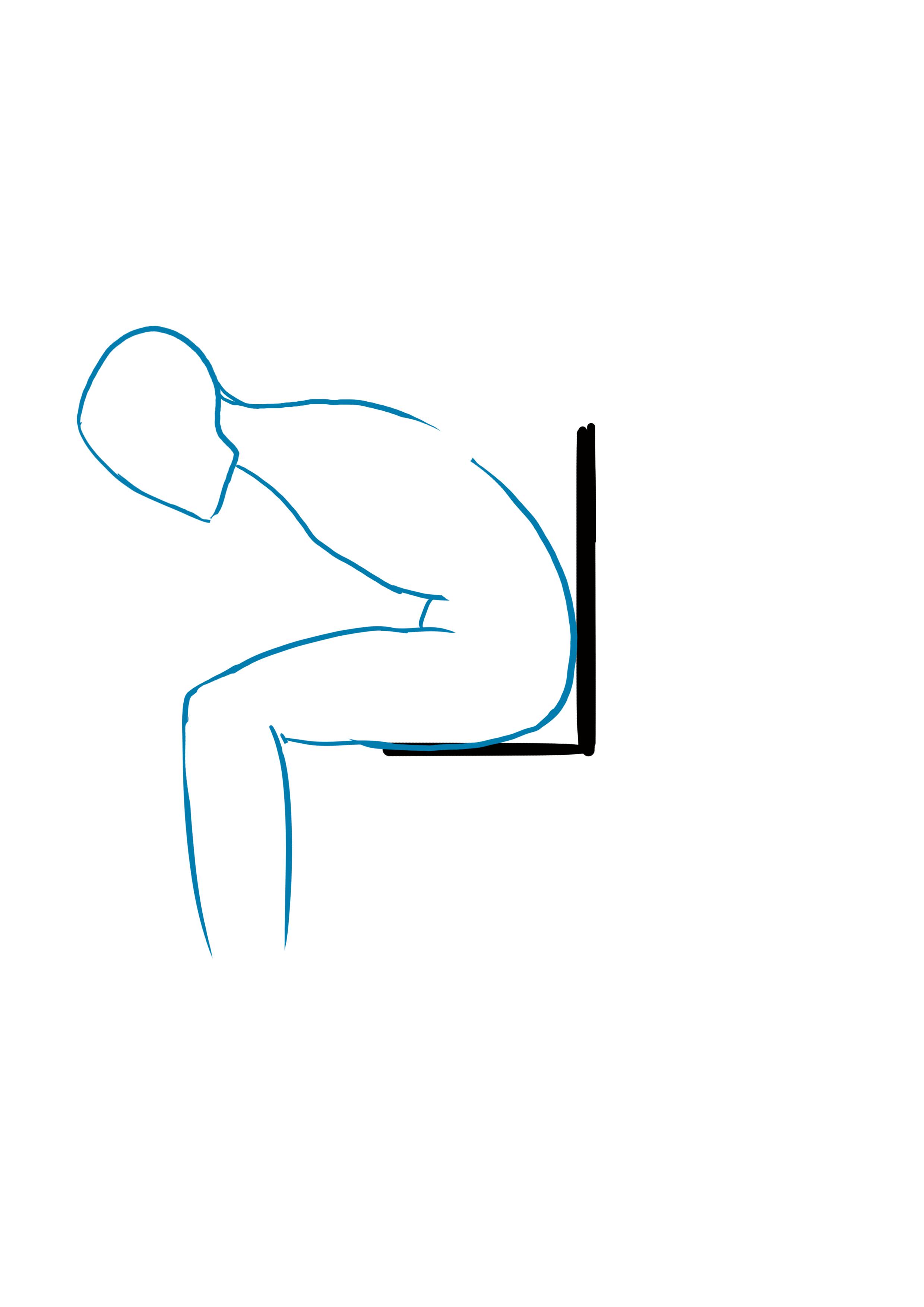
The examples I've mentioned are basic. Every person is unique, and sitting with their head tucked into their shoulders doesn't necessarily mean they are withdrawn. It can also indicate a feeling of sadness or something else.
Character AND emotions play a role in body language.
Knowing how to position your back and shoulders is good, but in a seated position, the legs also matter!
DRAWING THE LEGS OF A SEATED CHARACTER
Indeed, a person with crossed legs will not give the same impression as a person with their legs spread apart.
To continue with the previous examples...
A strict person will usually have their legs crossed, which creates a bubble and shuts down any dialogue.
A "normal" person, who is slightly relaxed, will have their knees together.
A nonchalant person tends to spread their legs, taking up space in order to be as comfortable as possible.
A reserved person will have their legs close together and their feet pointing inward.
When drawing legs, do not forget that pressure is applied to the thigh muscles or the calf muscles (depending on the person's position).
So, it is necessary to think about drawing the shape of the muscle.
Let's take the example of a person sitting cross-legged.
Pressure is applied to their thigh and calves.
Therefore, do not draw these two elements flat, but with a bump to show that the muscle and fat are compressed.
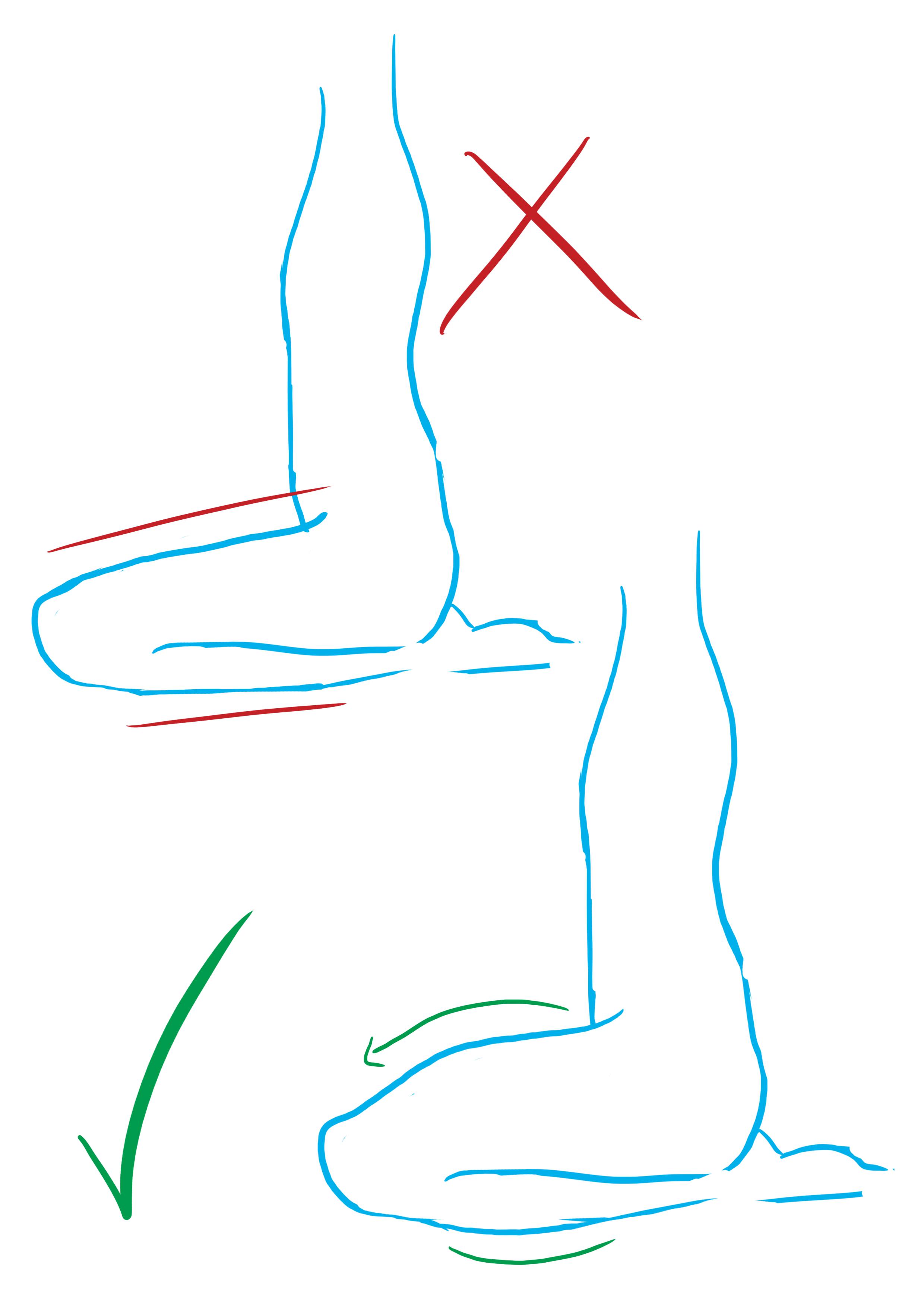
It is also necessary to be aware of the limits of the joints. A foot or a knee cannot be twisted in any way you like. And if you want to be able to maintain a seated position, a certain balance is required.
For example, in order for someone to be able to cross their legs, the upper knee must cross over the lower knee, and the calf will pass behind it, which will support it and allow the person to maintain the pose.
The calf will swell because pressure is exerted on it, and the foot will drop. To keep a foot raised as in the first drawing requires effort; the position is not natural, as a foot will relax and inevitably drop, but only to a certain point.
: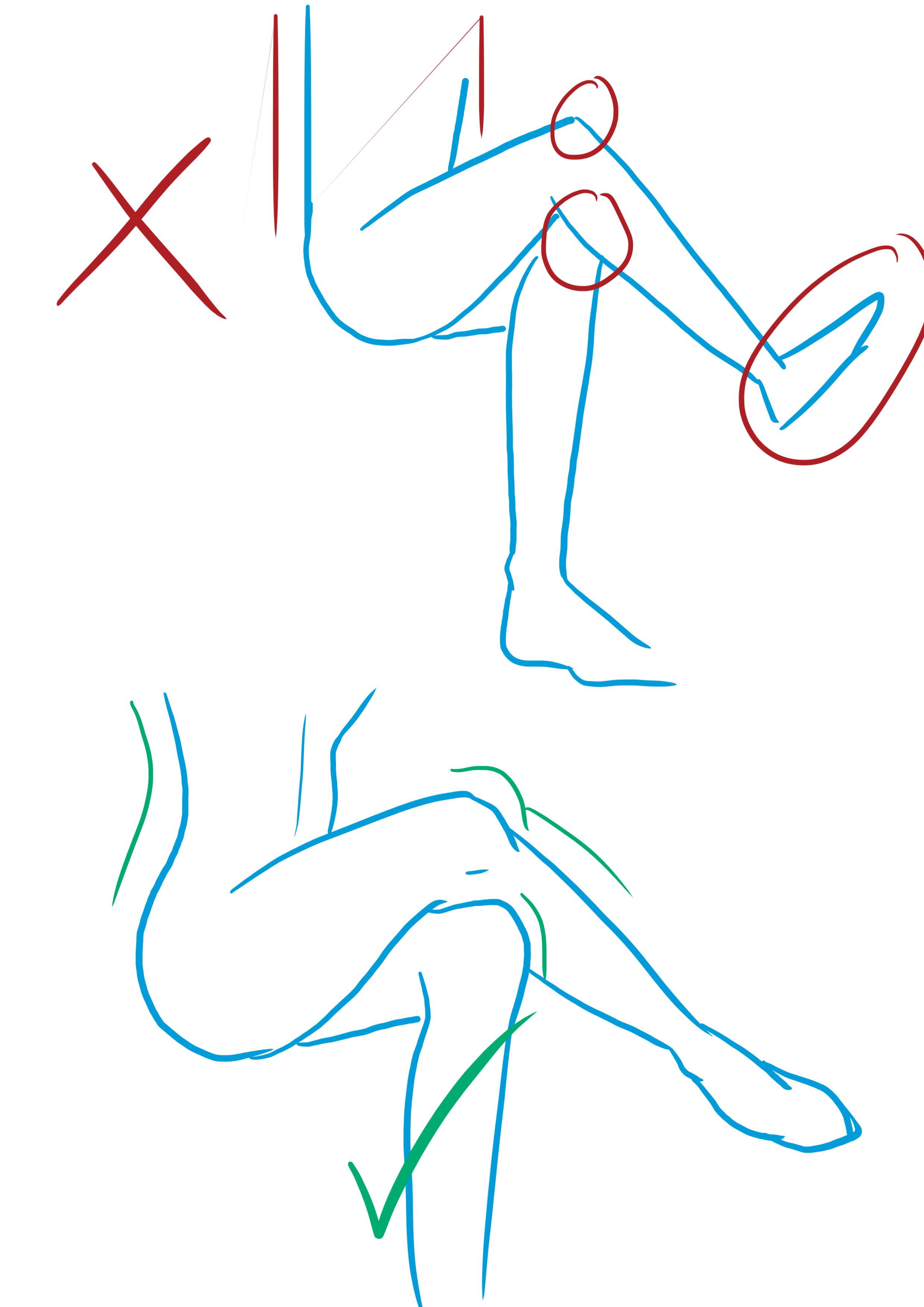
We've covered the topic thoroughly enough. Now we can move on to the practical part.
DRAWING A SEATED WOMAN STEP BY STEP
I won't dwell too much on the character design, as what interests us here is the pose.
I have decided to draw a character sitting down, viewed from a 3/4 angle.
My character will be curious, which leads them to lean forward as if to better hear and see what is happening around them. The legs will simply be placed one next to the other, as they are of a simple nature, with no particular character traits.
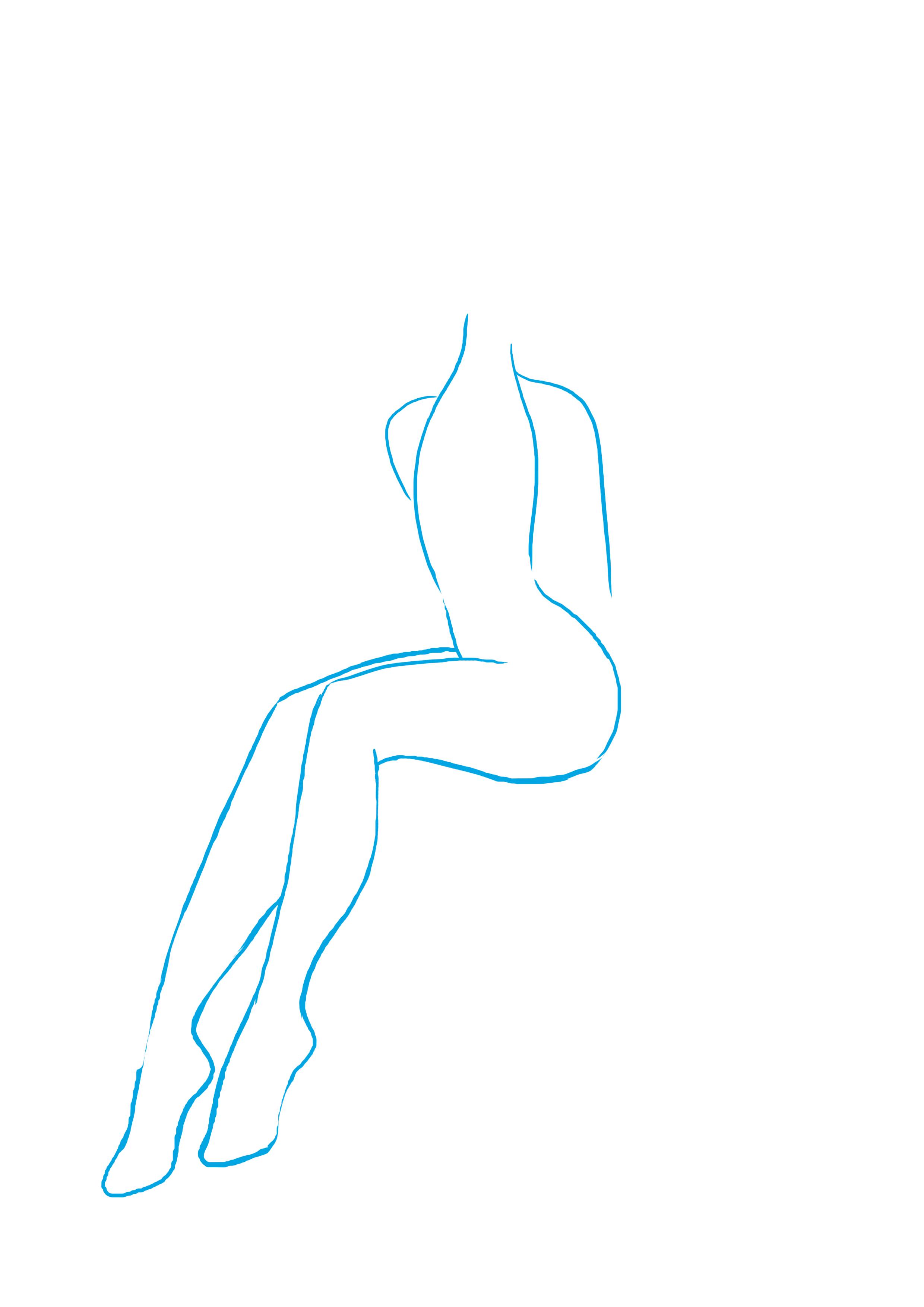
When the base of the seated position is done, I will draw the head and the arm.
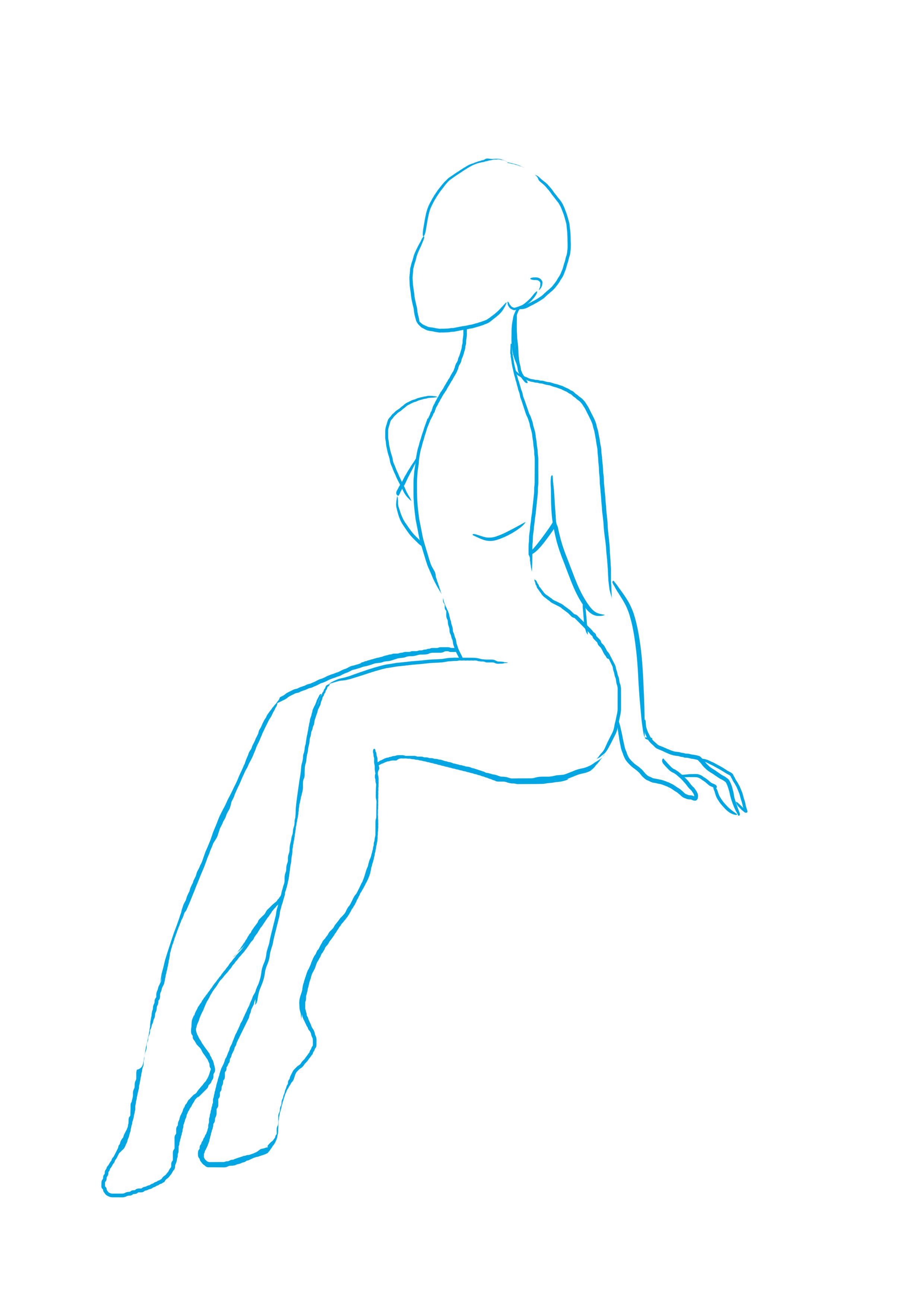
I will perfect the body. When drawing my character, I don’t forget the foundation: the spine and the pelvis. These are the key elements of the body for a seated position as they set the limits of the pose.
To better understand this, the simplest way would be either to move yourself into the position or, better yet, to ask someone around you to strike the pose. You will quickly see what they can or cannot do, and you will have a concrete example to draw from.
It should be noted that a flexible person can accomplish more positions, but they may not necessarily look natural, especially if you want to draw a character in an ordinary environment.
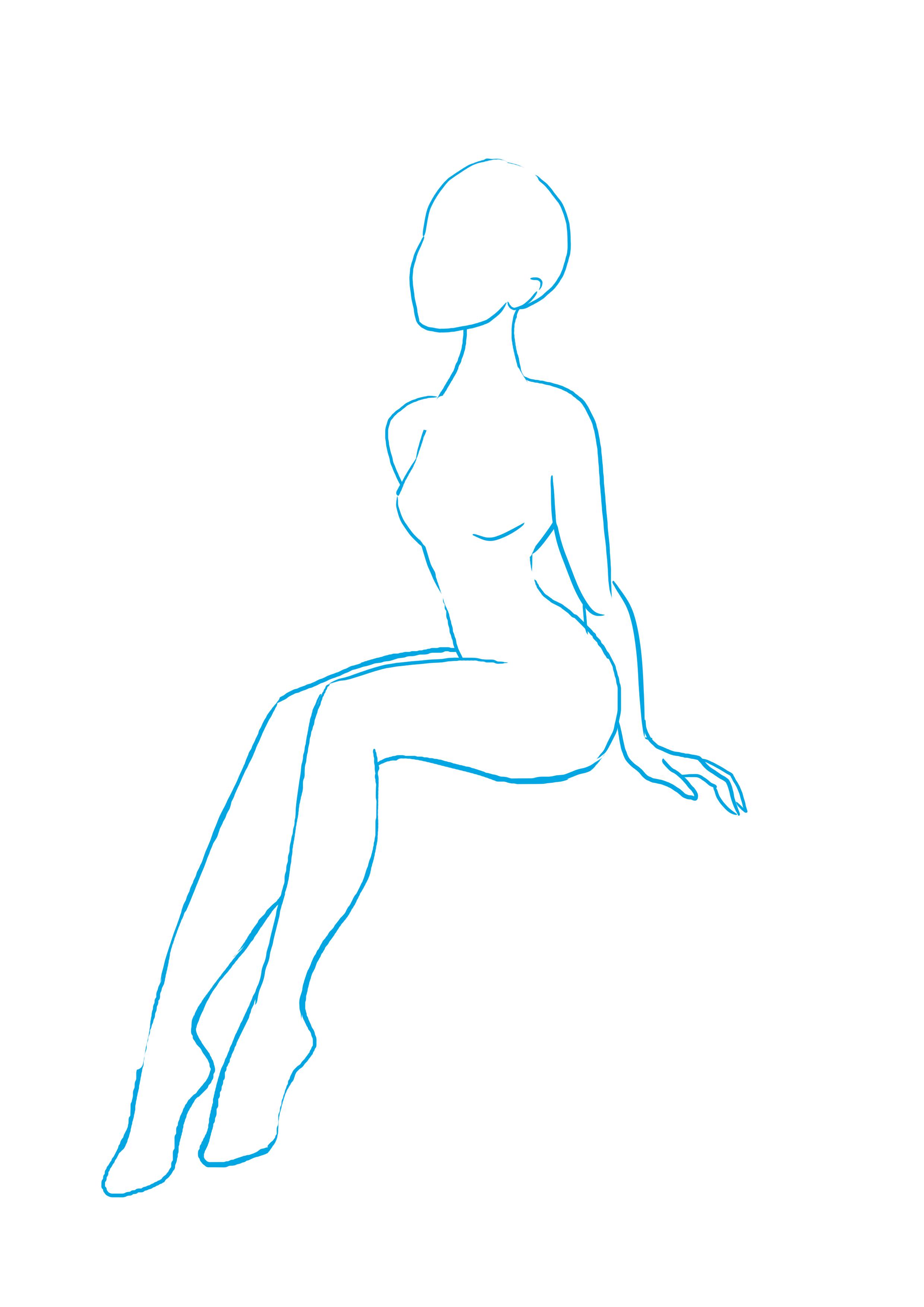
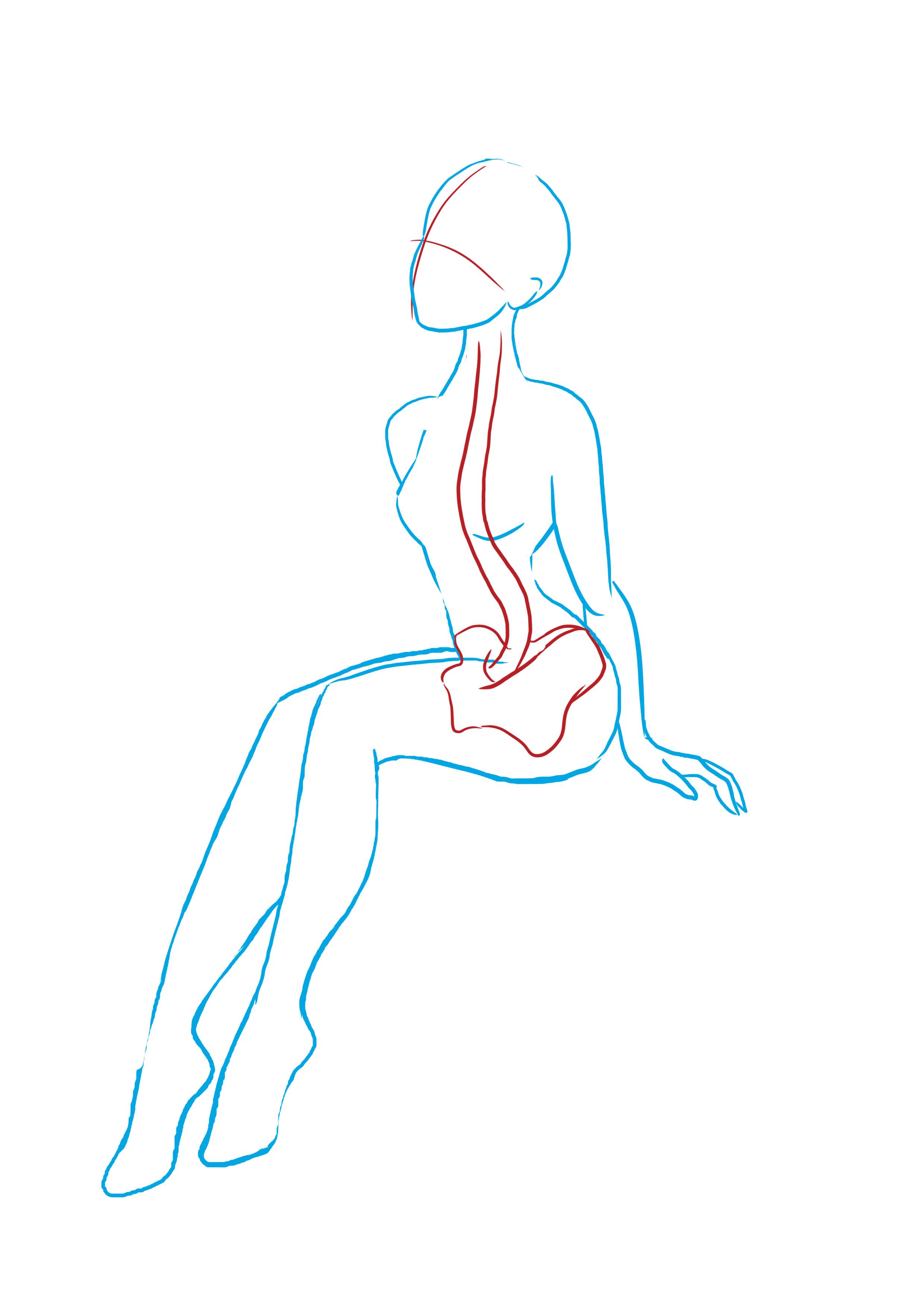
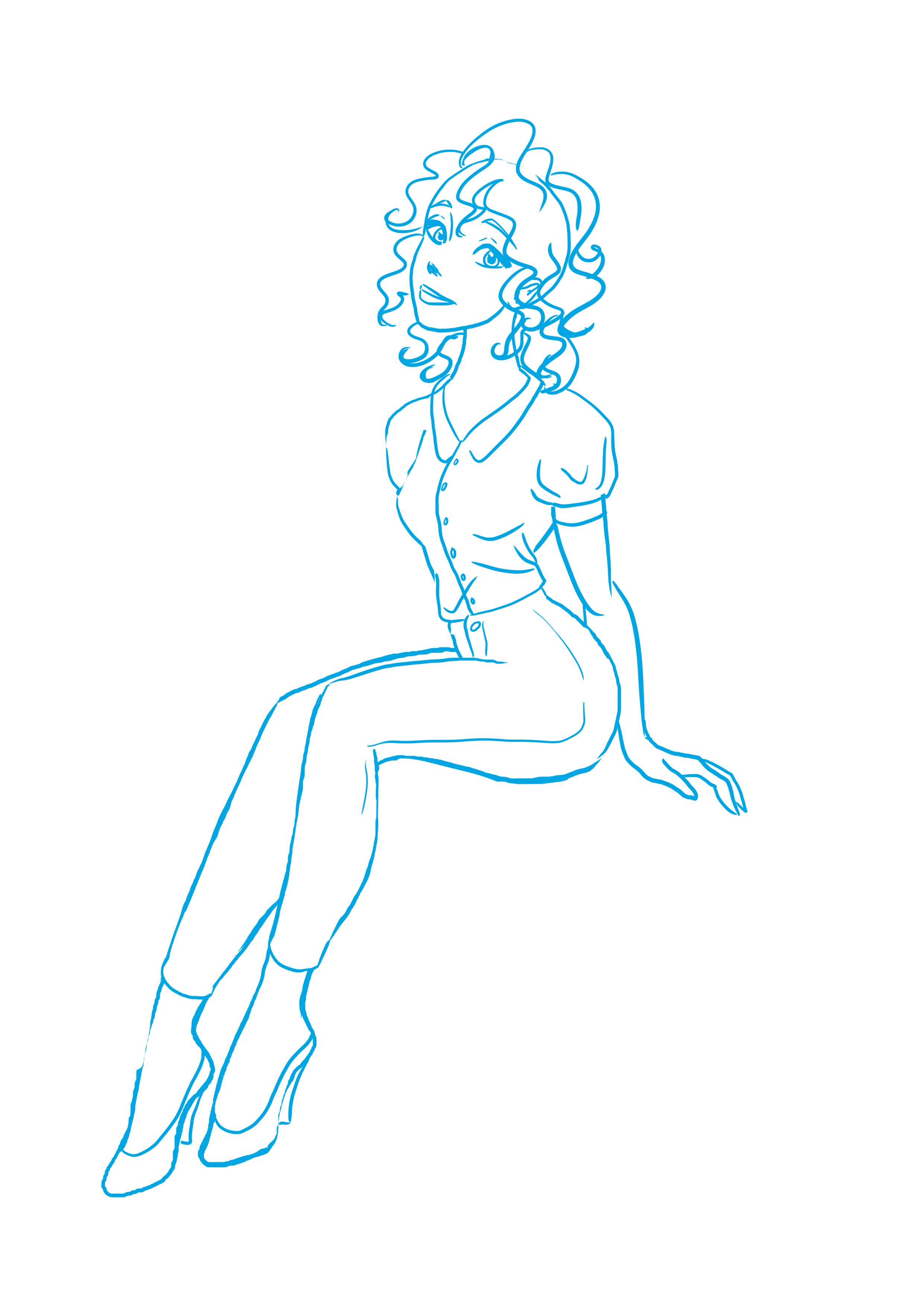
I will finish by adding my character's details.
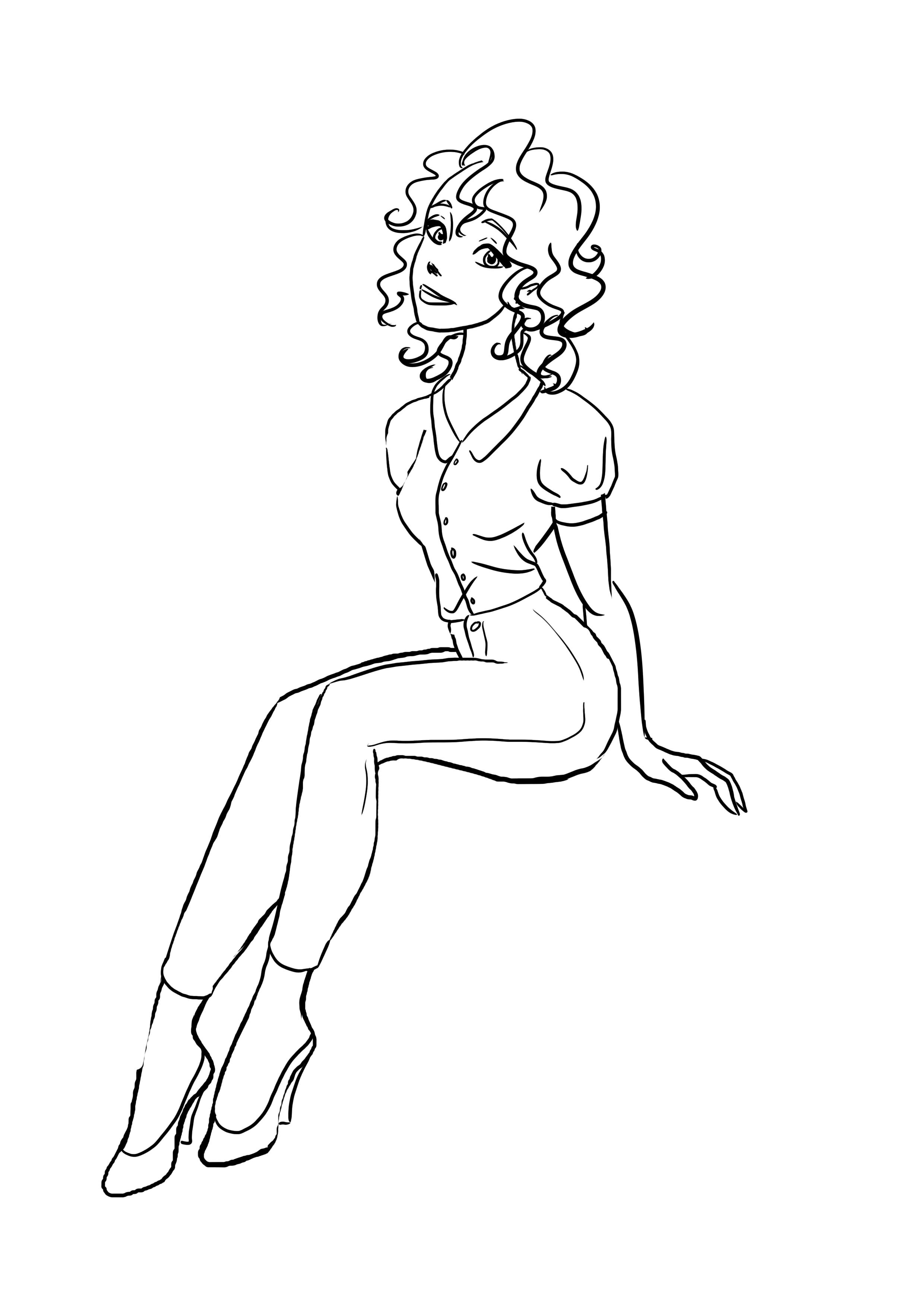
To increase your collection of poses, feel free to draw people in the street or on public transport, you will find that you end up with an incredible number of positions that vary depending on each person.

Always go out with your sketchbook and observe the world around you!
By making quick sketches, you'll have about 10 drawings in 5 minutes and enough references to draw characters! :)
Illustrator and Writer: Coralie

